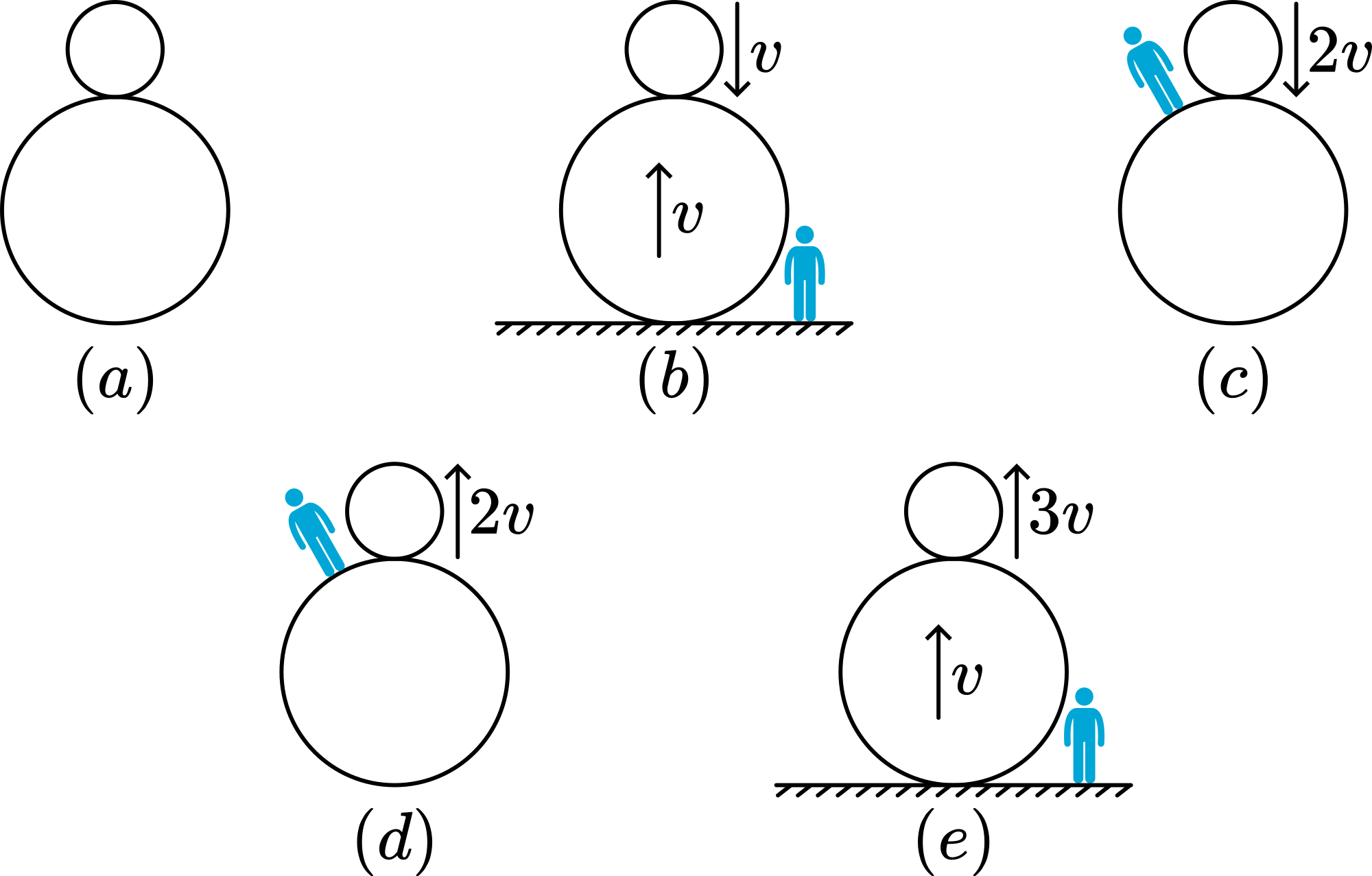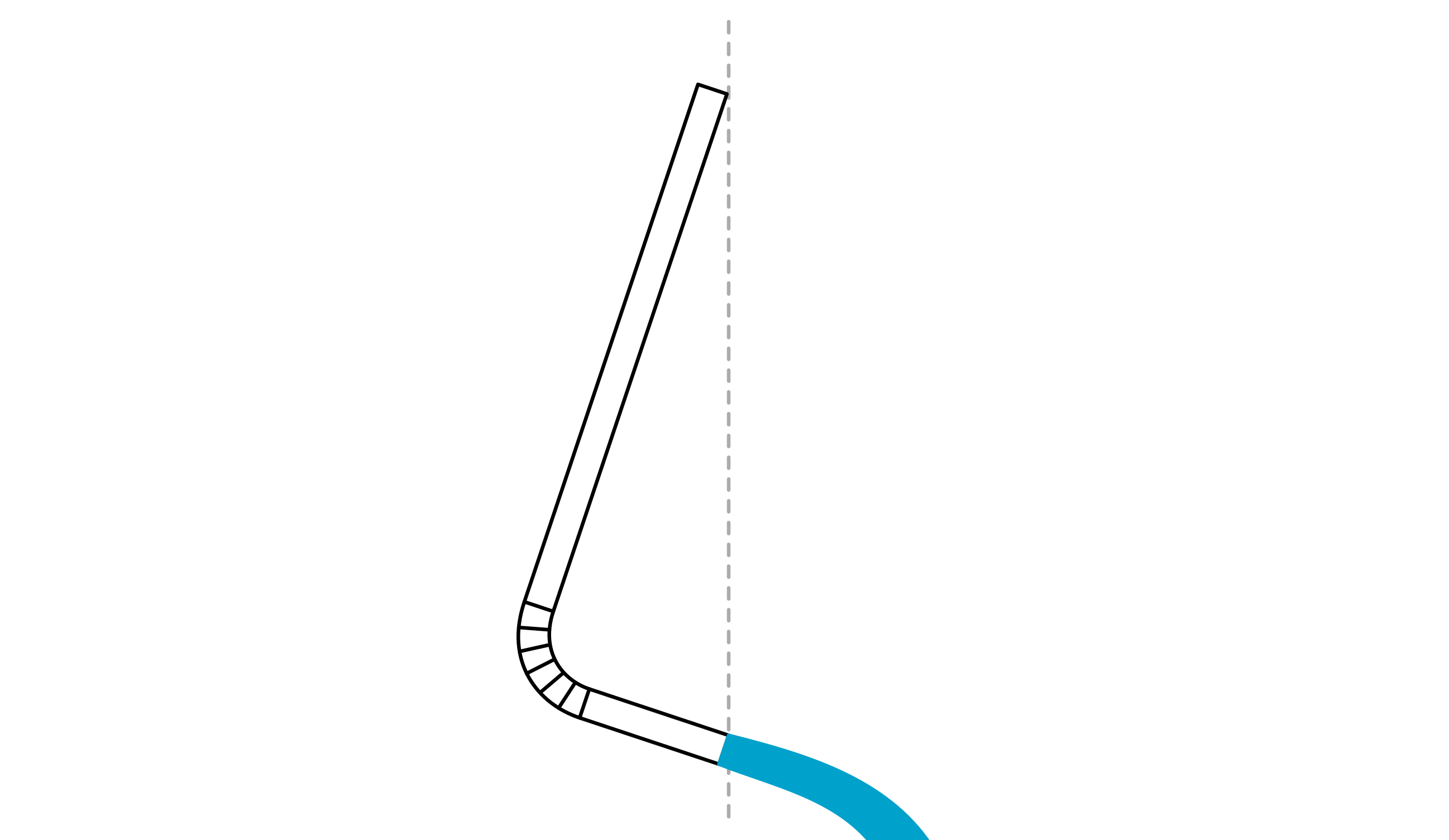06 Recoil of a Water Jet#
Aim#
To show an example of Newton’s third law.
Subjects#
1H10 (Action and Reaction)
1N22 (Rockets)
Diagram#

Fig. 184 .#
Equipment#
Tube with a T-junction, \(\varnothing 10\)
Rubber hose (about 2 meters)
Faucet
A tray to catch the water
Presentation#
The rubber hose with a T-junction hangs vertically down. Opening the faucet makes the end of the hose move away.

Fig. 185 .#
When a plate is held in the water-jet, nothing changes.
When the plate is fixed to the end of one side of the T-junction, the hose stays vertically in its position.
Explanation#
To convert a downward water flow into a sideways water flow, the T-junction has to exert a force on the water. The reaction to this force is responsible for the recoil to the other side. When a plate is placed in the outgoing water stream, it also exerts a force on the plate. When this plate is fixed to the T-junction, these two forces cancel, so there is no recoil
Remarks#
This demonstration can be performed by the students themselves, by giving each of them a flexible soda straw, giving it a \(90^{\circ}\) bend (Figure 186).

Fig. 186 .#
Blowing hard in the long part of the straw, the free end recoils. The no-recoil can be observed when a small plastic bag is attached to the end of the straw.
Sources#
Friedrich, Artur, Handbuch der experimentellen Schulphysik, part 2, Mechanik der festen Körper, pag. 169
Ehrlich, R., Why Toast Lands Jelly-Side Down: Zen and the Art of Physics Demonstrations, pag. 34
Ehrlich, Robert, Turning the World Inside Out and 174 Other Simple Physics Demonstrations, pag. 35
